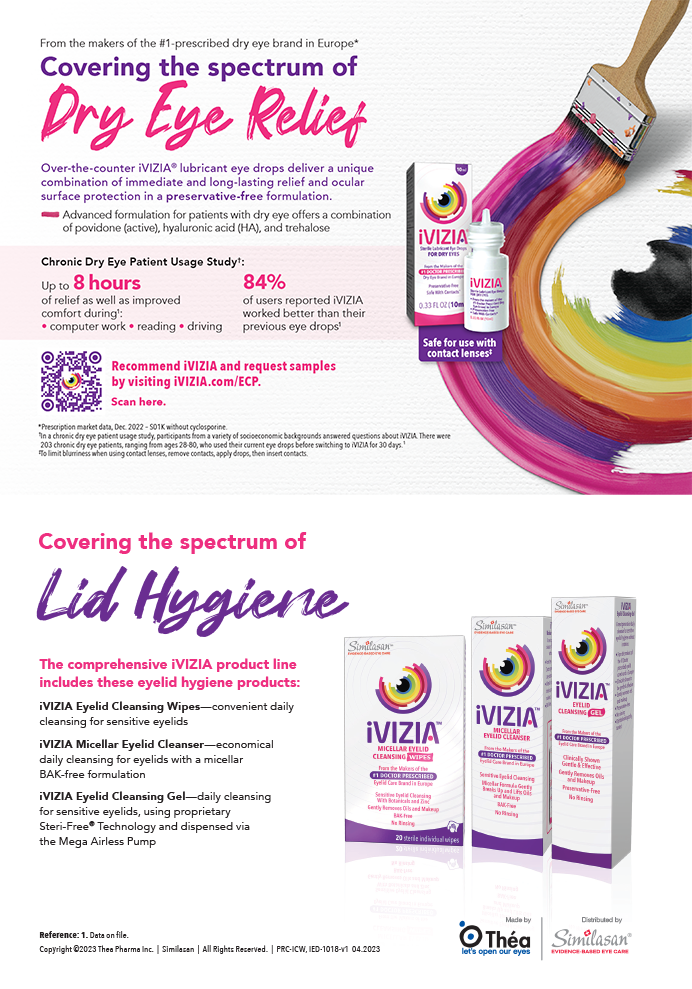Over the past 18 years, I have attended countless meetings, symposia, and dinners with people spanning the entire arc of our industry, in an attempt to find the answer to one question: What drives LASIK volume? Naturally, everyone has his or her own suggestion about how to increase business: track phone leads, discount family members, transition from print to digital advertising, give coupons to former patients to share with friends, send birthday cards. Both physicians and patients tend to concentrate on the laser system itself. Surgeons generally focus on click fees, eye trackers, spot sizes, and repetition rates. Patients tend to ask how laser technology has improved over the years.
My feeling has always been that the trump card to maintaining or increasing LASIK volume is low enhancement rates. Period. Give me a laser that results in the lowest number of enhancements, and I will show you a successful practice in which technology can truly be the foundation of ambitious marketing objectives.
Patient selection will always be paramount, but a laser can only perform as well as the information available preoperatively to calculate an ablation profile. I tell patients that lasers have indeed improved over the years but that, perhaps more importantly, preoperative preoperative imaging systems specific to laser vision correction have dramatically changed the landscape of LASIK. I showcase the seven different imaging systems in our office as if I were putting on an art show. The beautiful monitors, tremendous color graphics, and high-definition pictures are exhibits in and of themselves.
It can be surprising to patients to learn that the way doctors determine an accurate spectacle, contact lens, or LASIK correction is by definition completely different. Wavefront-derived LASIK calculations, for instance, are 25 times more accurate than either spectacle or contact lens prescriptions, which makes sense given how far preoperative imaging technology has come.
My enhancement rate is currently less than 2% with customized, wavefront-guided LASIK. With the forthcoming iDesign system (Abbott Medical Optics, not available in the United States), the 400-μm resolution and 241 data points that I now have will improve to 177-μm resolution and 1,257 data points across the entrance pupil. I tell patients that the most profound advance in LASIK since I started practicing is the amount and accuracy of the information that I am armed with before ever stepping foot into the laser room.
The questions I pose are these:
1. Do you find preoperative data collection or how the laser performs an ablation to be more important?
2. Do LASIK patients most frequently ask you about preoperative screening information or the laser procedure itself?
Stephen Coleman, MD, is the director of Coleman Vision in Albuquerque, New Mexico. He is a consultant to Abbott Medical Optics. Dr. Coleman may be reached at (505) 821-8880; stephen@colemanvision.com.


